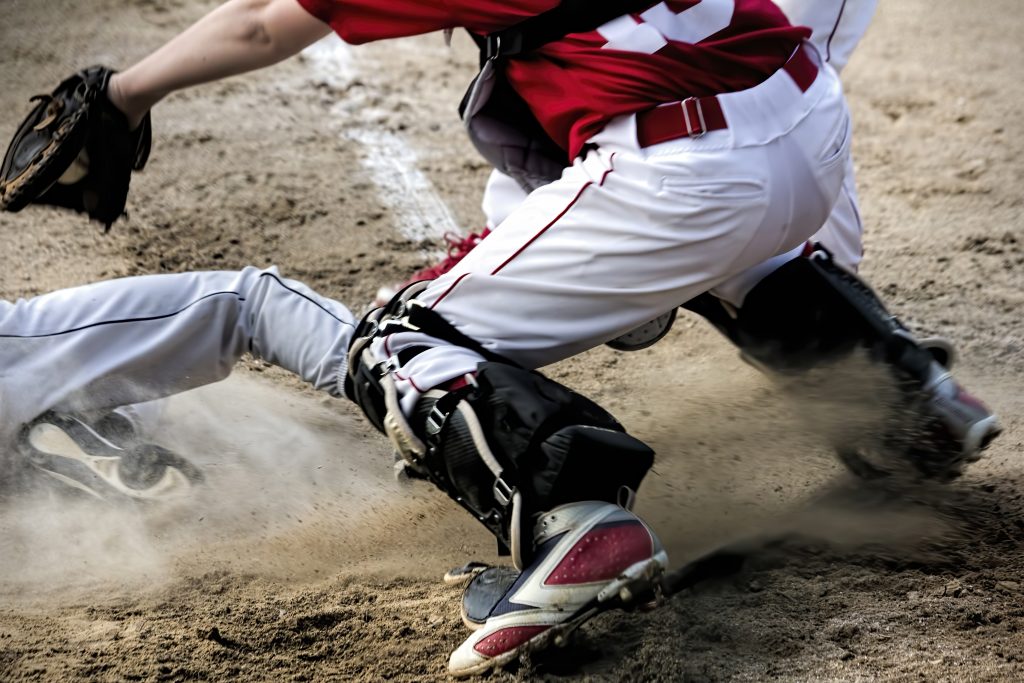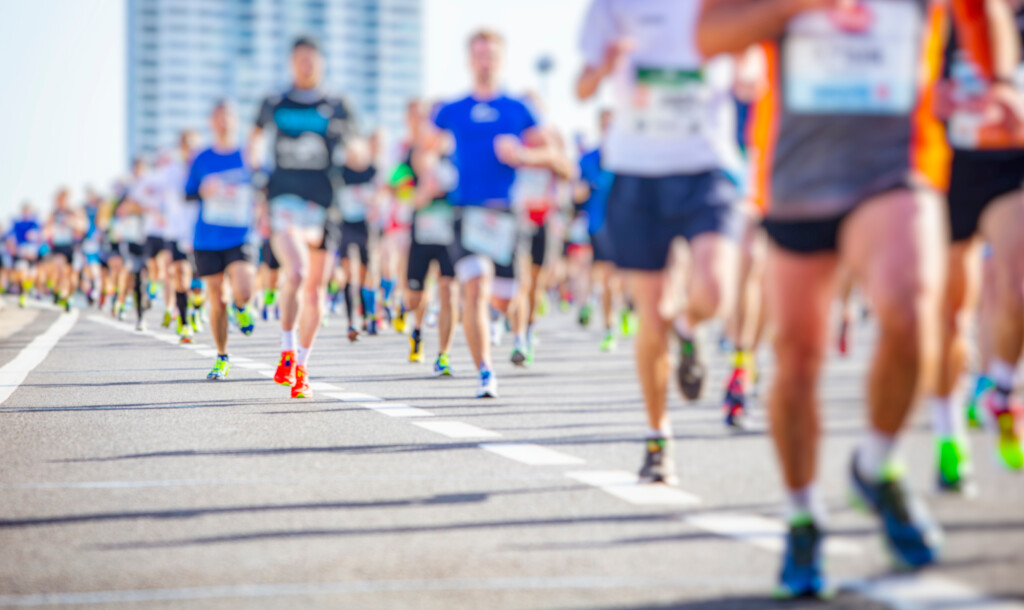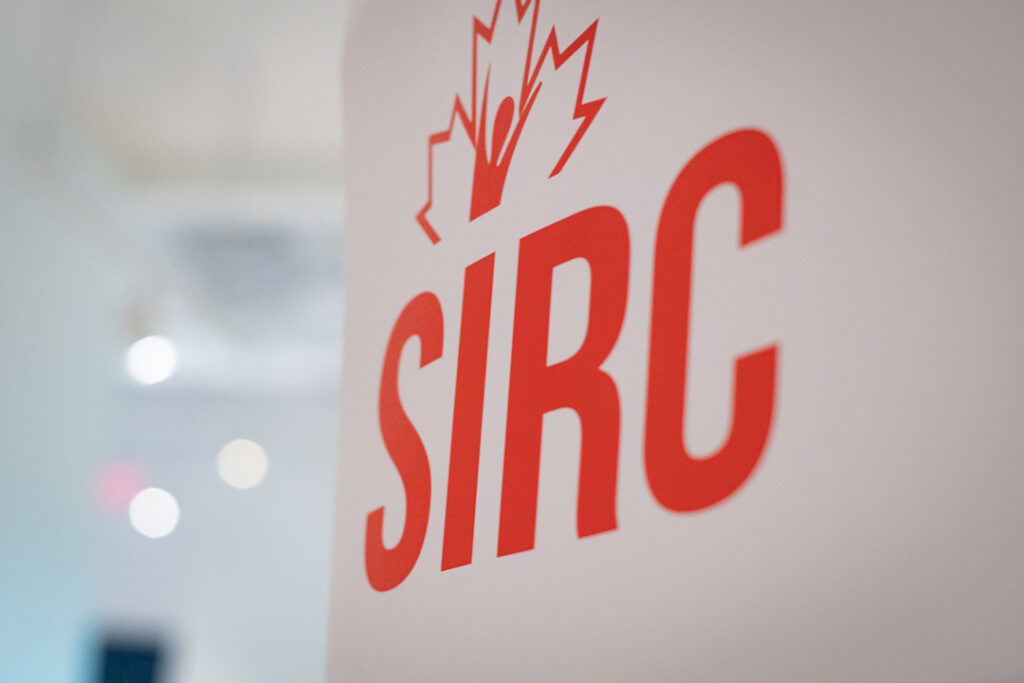From scarcity to abundance: How Para athlete transfer can broaden development pathways
Highlights The Canadian Paralympic Committee and Own the Podium identified the creation of an “Athlete Transfer System” as a way to broaden Para athlete development pathways Athlete transfer is when an athlete switches sports or takes on an additional sport Currently, athlete transfer happens fairly frequently, but is predominantly athlete-directed Many stakeholders believe a “scarcity…
Sport after Moneyball: Exploring sports analytics and the digital economy

Highlights The 2011 film Moneyball was a critically acclaimed, Academy Award-nominated, box office success. This is quite something, given that the movie centres on debates over baseball strategy and statistics. Moneyball dramatizes the story of the Oakland Athletics Major League Baseball (MLB) team in the early 2000s, and specifically the team’s adoption of unconventional player…
Promoting health through physical activity and inter-organizational partnerships: the Montreal case
Introduction and context The leading preventable causes of death worldwide (chronic diseases) are usually induced by a lack of regular physical activity, which leads to significant health and financial challenges for the individuals and communities they afflict. In this regard, many municipalities are committed to create and maintain healthy environments for everyone. This often requires…
Promoting health through physical activity and inter-organizational partnerships: the Montreal case

Introduction and context The leading preventable causes of death worldwide (chronic diseases) are usually brought on by a lack of regular physical activity, which can lead to significant health and financial challenges for the individuals and communities. Many municipalities are dedicated to establishing and maintaining healthy environments for all, which requires collaboration and coordination with…
Stakeholder engagement is real-world data
For sport organizations, stakeholder engagement is a real-world data source that can help them to better understand their organization and programs and make adjustments. To engage stakeholders thoughtfully, organizations should make sure to receive feedback openly (without getting defensive), consider the format (for example, anonymous survey) and develop a plan for reporting back (such as…
SIRC’s 2022 year in review

As the year comes to a close, the Sport Information Resource Centre (SIRC) is reflecting on some of its key projects, publications and events over the course of 2022. Here are some of the key highlights: SIRC played a key role in the Canadian Sport Policy (CSP) renewal process throughout 2022. The CSP sets the…
Accessible communications and technologies in sport for people with disabilities

In the pre-Internet world, accessibility focused primarily on addressing physical barriers, such as by installing ramps or adding Braille buttons in elevators. Over time, an evolution has happened in what’s considered a disability. Changes have also happened in the types of barriers and environments that people face as they live, play and compete. So, it’s…
Combating gender-based violence
Today is International Day for the Elimination of Violence against Women. Gender-based violence is violence that is committed against someone based on their gender identity or expression. Canadian Women & Sport offers 6 ways in which gender equity in sport can help reduce gender-based violence, including clear policies, education, men’s allyship, and mentorship and sponsorship…
Inspiring women to be active
Being active in midlife and menopause can be life-changing for women, but many experience barriers to getting active. The sport sector can help women in this life stage by expanding opportunities for physical activity, creating judgment-free zones, and offering social support. Expanding the image of what ‘sporty’ means can further inspire women to be active.
Doing Para sport classification differently
The COVID-19 pandemic has limited access to athlete classification, a requirement for Para sport competition. To this end, researchers at Western University are working to develop and evaluate hybridized frameworks to deliver classification, including elements of virtual classification. The aim is to consider approaches that require few resources and create greater levels of accessibility to…